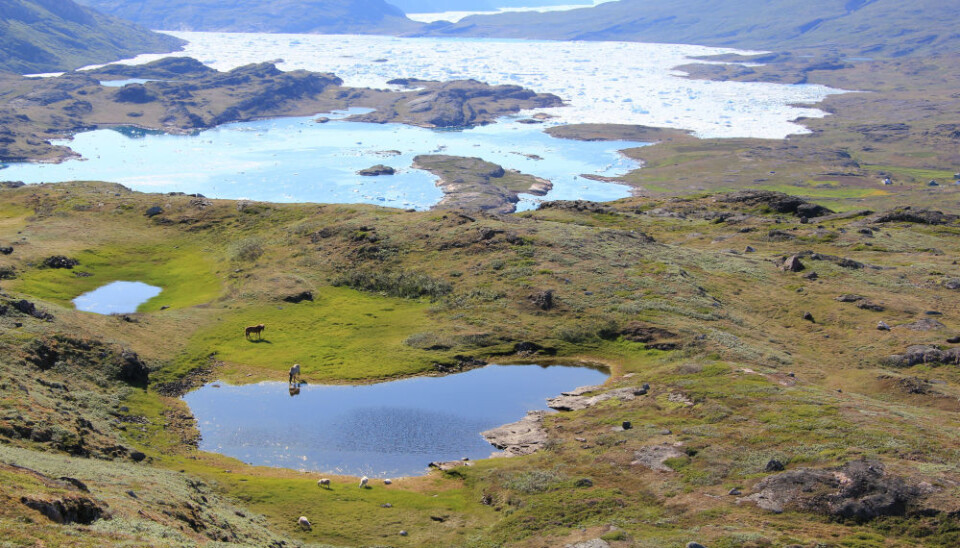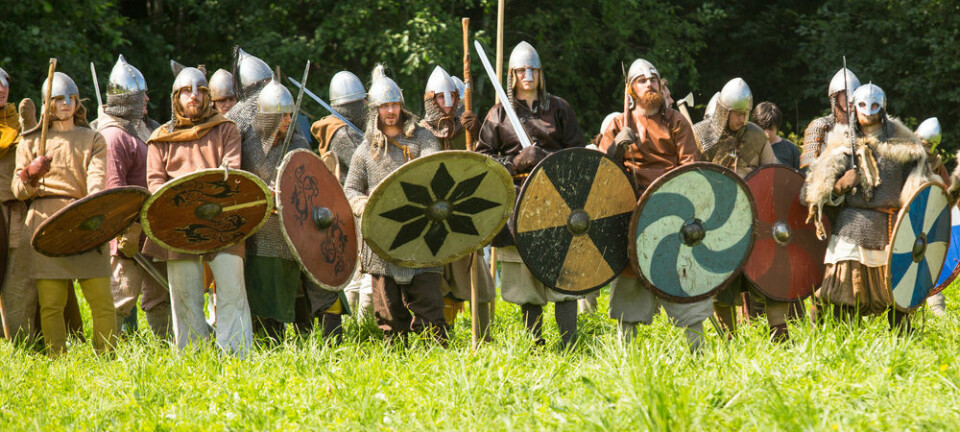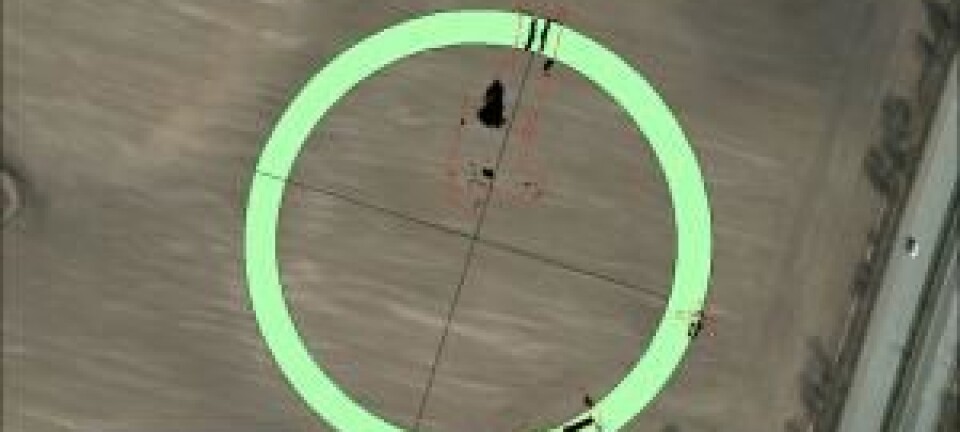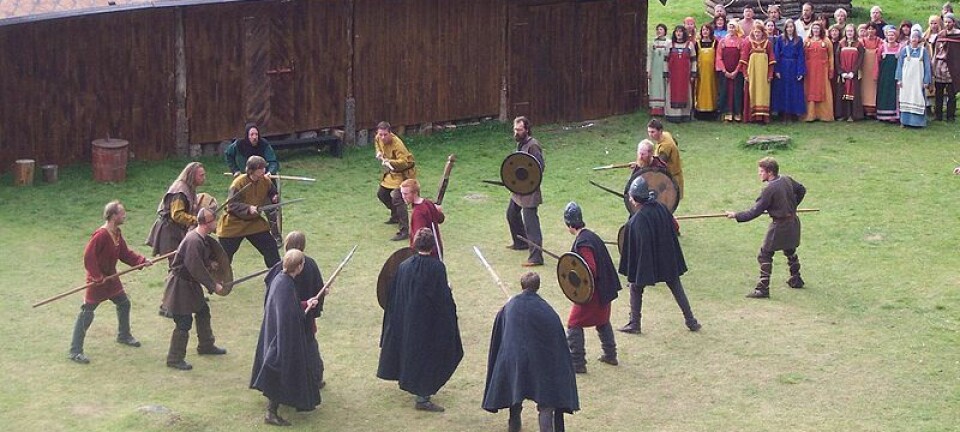
Greenland Vikings outlived climate change for centuries
Climate change didn't kill off the thick-skinned Norsemen.
In the middle of the 13th century the Vikings who had settled in Greenland encountered no less than ten years of harsh and cold winters and summers. The Norsemen, who were living as farmers, bid farewell to many of their cattle during that period.
The Greenland Vikings were also prevented from setting sail to fetch supplies from their homelands in Europe because they didn't have enough timber to build trading ships. So when Scandinavian traders didn't happen to pass by they were left entirely on their own.
But this didn't knock them out; on the contrary they lived with the worsening climate for almost 200 years during what we later would call the Little Ice Age. This is the conclusion of a new Ph.D. thesis.
"The stories we have heard so far about the climate getting worse and the Norsemen disappearing simply don't hold water. They actually survived for a long time and were far better at adapting than we previously thought," says the author of the new study, Christian Koch Madsen, Ph.D. student at the National Museum of Denmark.
Study a "breakthrough" for archaeologists
It has always been a mystery why the Greenland Vikings disappeared so suddenly from the cold territory up north, and according to Andrew Dugmore, a professor of archaeology at the University of Edinburgh, the study's results have made us a good deal wiser about what actually happened to the Greenland Vikings.
"The study makes us realise that the Norsemen were really good at making use of the landscape around them and at adapting, contrary to what the usual myths would have us believe. The entire dissertation is a breakthrough for us archaeologists and a distinguished piece of work," says Dugmore.
Myth of 'conservative' Vikings mistaken
So why did the Greenland Vikings disappear so quickly? For starters, Madsen tells us in his thesis that they didn't disappear as quickly as we used to believe. The ten years of exceptionally cold winters and summers were only the beginning of an ice age lasting hundreds of years which the Norsemen survived for a very long time.
Moreover, previous estimates of how many Norsemen lived in Greenland have been far too high. In his more comprehensive studies of the landscape, Madsen has ascertained that no more than 2,500 people lived in all Greenland during the time, and they were spread over a huge area. Previous estimates have been as hihg as 6,000.
According to Madsen, the myth of the conservative Vikings who had no clue as to what the word 'adapt' meant, is mistaken. The "saeter" -- small farms -- were, for instance, in reality the key to their impressive, seasonal exploitation of the landscape.
"When the harsh climatic changes began to set in, we can see that the outermost farms were gradually abandoned. This indicates a centralisation of both power and resources, which are clear countermeasures against climate deteriorations -- even though they were highly involuntary.
Huge disparities between rich and poor, big and small
When the climate began to show its teeth in the mid-13th century, the society began to shrink. Until this time, the Norsemen had spread their resources over huge areas of the country which became increasingly barren and less and less suitable for cattle farming.
As a result, the smaller farms in remote area were abandoned and the Norsemen began to gather in large settlements.
"With centralisation came greater disparity between the big and rich and the small and poor. The society was structured as a natural economy, paid in the form of products and manpower, and when less agricultural produce becomes available it is the small farmers’ manpower that the large farmers began to draw on," says Madsen.
"This impacts the small farmers, who at the same time get less for themselves. This actually results in a built-in fragility in the society," he says.
The Norsemen became trappers, trade collapsed, and the Innuit moved in
As the climate became harsher and farming became more difficult, the Norsemen became more reliant on seafood. Previous analyses of the late Norsemen have shown that they lived on up to 80 per cent seal. They became trappers instead of farmers.
There is also good reason to believe that some of the young Norsemen eyed the opportunity to jump aboard the rare trading ships headed for Iceland or Norway.
Whether the Norsemen meeting their end was due the centralisation of a surprisingly small and shrinking number of people which broke down on its own accord or due to the collapse of trade with Europe or whether it was actually their encounter with the Inuit, we still don't know. According to Madsen it was probably a convergence of “a whole lot of unfortunate circumstances."
We do know, on the other hand, the the Norsement lived with climate change for much longer than previously thought.
"With these results we can certainly remove some of the focus on the climate mechanism to which we have previously attached too much importance," says Madsen.
--------------
Read the original story in Danish on Videnskab.dk
Translated by: Hugh Matthews










